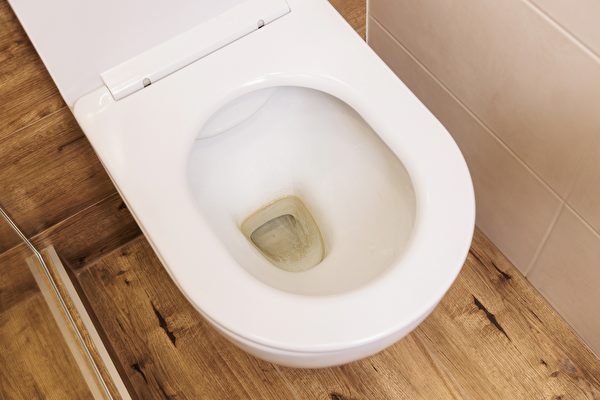Japan’s leading bathroom equipment manufacturer TOTO Corporation is facing an unexpected adversary to its high-tech toilet seats with heating and automatic flushing capabilities – toilet paper. The company advises consumers not to wipe the toilet seat with toilet paper to prevent scratching or discoloration.
According to a report by the Japanese newspaper “Mainichi Shimbun,” there have been a series of complaints on the social media platform X (formerly known as Twitter) recently. Users have expressed dissatisfaction with TOTO’s self-cleaning toilet seats, claiming that they quickly develop scratches and discoloration, suggesting the use of more durable materials.
In response, a representative from the company told “Mainichi Shimbun” that their toilet seats are traditionally made of plastic resin. “We choose the current resin based on its resistance to cleaning agents and its ability to be cast into complex shapes.”
The representative explained that repeatedly wiping the plastic resin toilet seat with toilet paper or a dry cloth can cause microscopic scratches on the surface. Dirt accumulates in these scratches, leading to discoloration.
Therefore, the representative recommended using a soft cloth dampened with water and wrung out to wipe the toilet seat. The instruction manual for the toilet seat also suggests this method. For stubborn stains, diluted neutral kitchen cleaners are reportedly effective.
The company mentioned that there are different types of plastic resins, and they select the one used to manufacture their toilet seats based on quality, safety, cost, and other factors.
Even though the company is researching materials that are more resistant to scratches, they stated that there are currently no plans to change the existing material.
The British Broadcasting Corporation (BBC) reported that Japan’s toilets, known for their thoughtful design, are considered an extension of the country’s hospitable culture. They have become unexpected tourist attractions for foreigners and a point of pride for the Japanese people.
Although toilet seats are often perceived as dirty and are cleaned more frequently, studies have shown that TV remote controls are much dirtier, containing 15 times more bacteria than toilet seats. Surprisingly, remote controls are rarely cleaned by people.
Previously reported by “Mainichi Shimbun,” a study conducted by Churchill Home Insurance in the UK found that TV remote controls harbor significantly more Enterobacteriaceae bacteria than toilet seats.
The study revealed that TV remotes also contain moderate levels of yeast and mold, along with a small amount of streptococcus bacteria. In comparison, toilet seats have fewer Enterobacteriaceae bacteria, higher levels of yeast and mold, and moderate levels of streptococcus bacteria.
Based on a survey of 2,000 UK residents, the company found that people press the TV remote control an average of 150 times per day, including changing channels and adjusting the volume, yet few take the time to clean it. 25% of respondents admitted they had never wiped their TV remote control.

